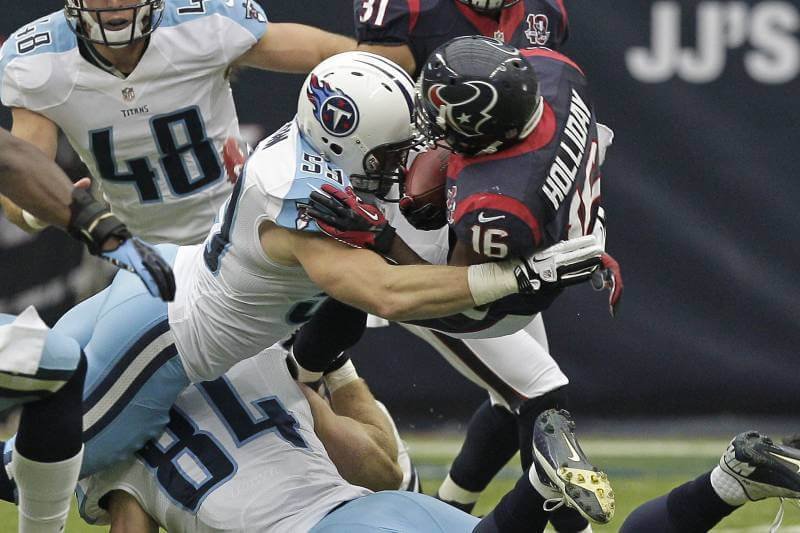As a spectator, it’s easy to forget the long term consequences of 300 pound humans crashing into each other at over 20 miles per hour. But this is the reality of American football. During play, the brain is one of the most susceptible parts of the body and the long-term danger may remain hidden until years after retirement.
New safety rules and improved helmets prevent injuries such as skull fractures. But no amount of training or equipment is yet known to prevent concussions, internal brain injuries caused when the brain shakes back and forth, or chronic traumatic encephalopathy (CTE), the neurodegenerative disease that results from accumulated hits to the head. The best thing we can do is stop playing these types of sports. The second best option is to mitigate the risks.
…
Measurements on a college player showed the average acceleration of 10 hits he took during a single game. Each hit was roughly equivalent to what you would feel if you crashed a car into a wall going about 30 miles per hour.
…
In mid-November 2019, the NFL announced a $2 million grant competition to create a new “top performing helmet.” Let’s hope that it will go to unbiased researchers with good intentions.































